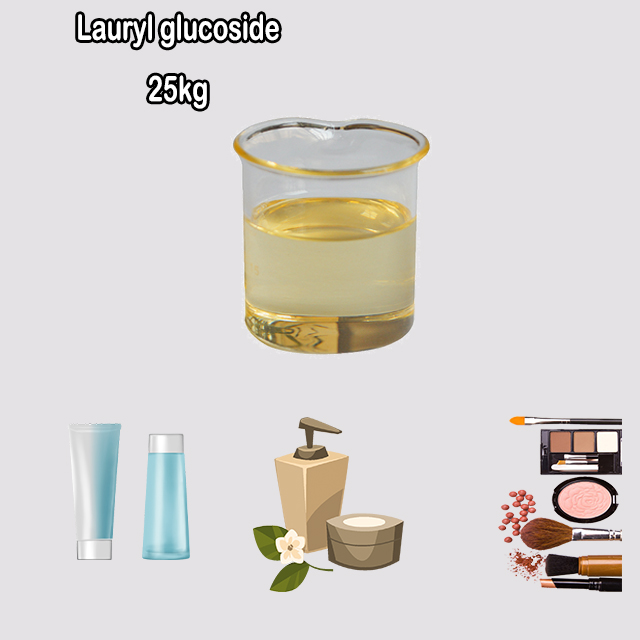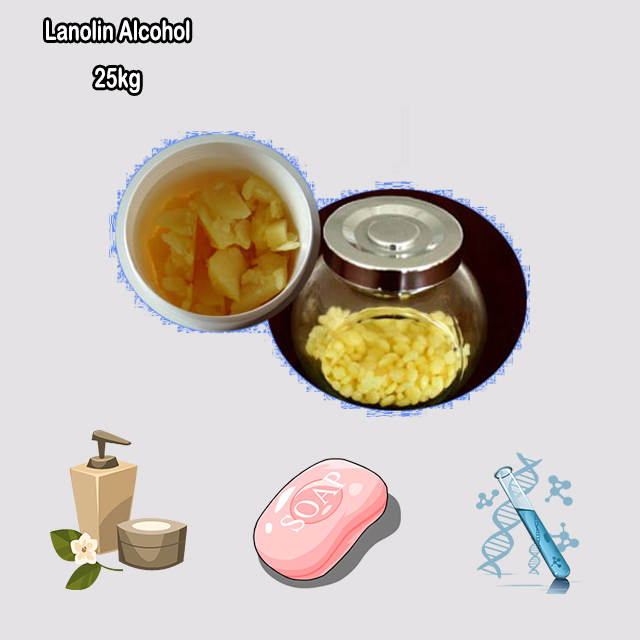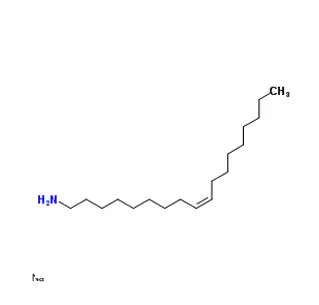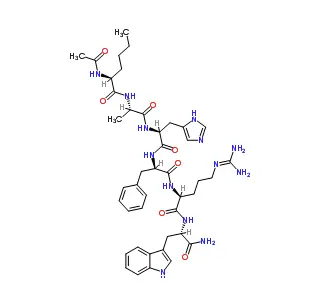
Search

Search

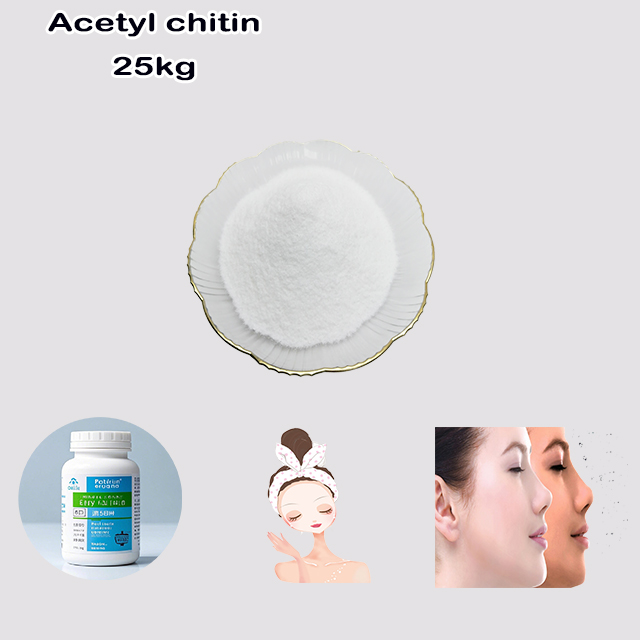
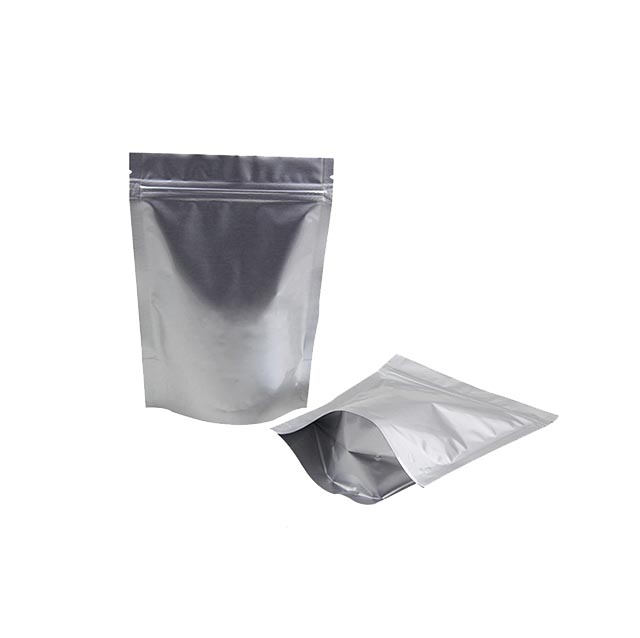
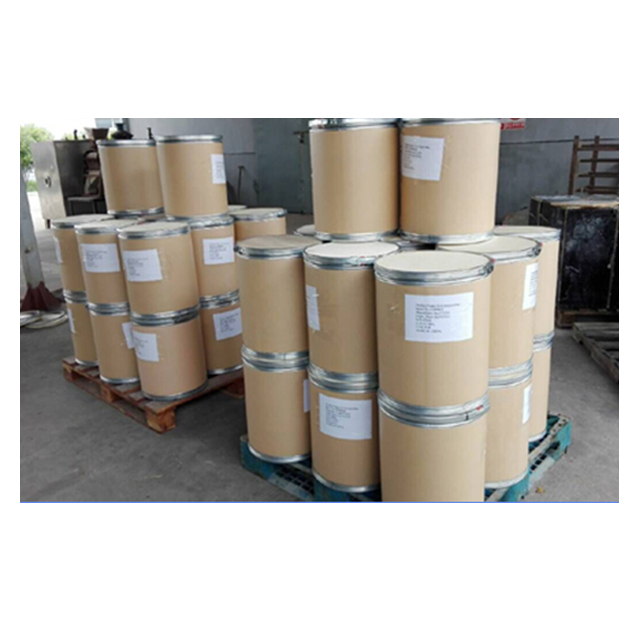
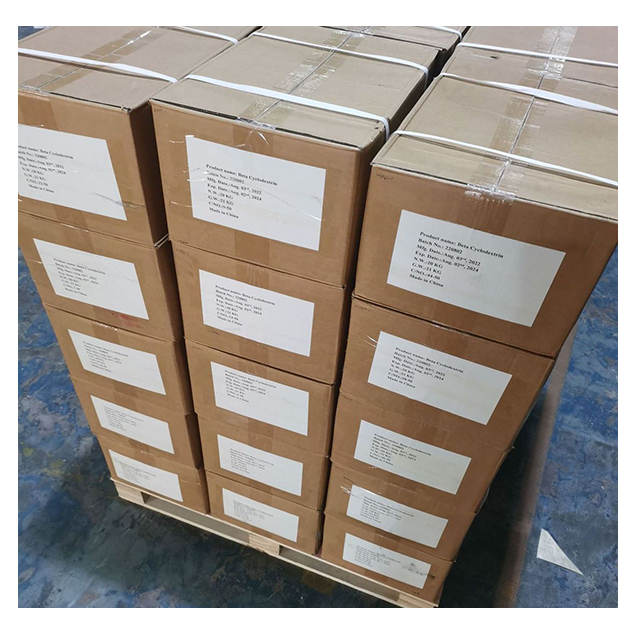






"Acetyl chitin" is not a standard scientific term. It likely refers to a misunderstanding of these related substances:
Chitin: The natural polymer found in crustacean shells/fungal walls. Its structure is already acetylated – built from chains of N-Acetylglucosamine (NAG) monomers.
N-Acetylglucosamine (NAG): The single sugar unit (monomer) that makes up chitin.
Chitosan: The deacetylated form of chitin (acetyl groups removed).
Why the confusion?
Calling chitin "acetyl chitin" is redundant – chitin is acetylated by definition.
The term might mistakenly refer to NAG itself (the acetylated monomer) or partially deacetylated chitin.
In short: "Acetyl chitin" isn't a distinct material; standard terms are Chitin (acetylated polymer), NAG (acetylated monomer), or Chitosan (deacetylated polymer).
The term "Acetyl chitin" is not a standard or widely recognized scientific term, and it likely stems from confusion between two related but distinct substances: chitin and N-Acetylglucosamine (NAG). Here's a clear breakdown:
Chitin:
A natural polymer (polysaccharide) found in the exoskeletons of insects/crustaceans, fungal cell walls, and some algae.
Its chemical structure consists of long chains of repeating units of N-Acetylglucosamine (NAG) linked together.
Chitin is inherently acetylated. Each glucose unit in the chain has an attached acetyl group (-COCH₃). This is why it's called Poly-N-Acetylglucosamine.
It's insoluble in water and most common solvents.
N-Acetylglucosamine (NAG / GlcNAc):
The single sugar molecule (monomer) that serves as the building block of chitin (and hyaluronic acid).
It consists of a glucose molecule modified with an amino group (-NH₂) and an acetyl group (-COCH₃) attached to that amino group.
It is soluble and has various biological roles (as discussed in your previous question).
Why "Acetyl Chitin" is Confusing/Misleading:
Redundancy: Calling chitin "Acetyl chitin" is redundant because chitin is already acetylated by definition. Its fundamental structure is chains of N-Acetylglucosamine.
Possible Misinterpretation: It might incorrectly imply:
A different form of chitin with extra acetyl groups added (which isn't standard).
A mixture of chitin and free N-Acetylglucosamine.
Confusion with Chitosan (see below).
The Important Related Term: Chitosan
Chitosan is the deacetylated derivative of chitin.
It's produced by chemically or enzymatically removing a significant portion of the acetyl groups (-COCH₃) from chitin.
This deacetylation makes chitosan soluble in acidic water and gives it unique properties (bioadhesive, antimicrobial, chelating) useful in biomedicine, agriculture, water treatment, and cosmetics.
What "Acetyl Chitin" Might Actually Refer To (Rarely):
In very specific contexts, it might be used to describe:
Partially Deacetylated Chitin: Material that hasn't been fully converted to chitosan but has lost some acetyl groups. However, this is usually just called "partially deacetylated chitin" or specified by its degree of deacetylation.
Reacetylated Chitosan: Chitosan that has had some acetyl groups added back. This is done to modify its properties (e.g., solubility, mechanical strength). This is sometimes called "N-acetylated chitosan" or "reacetylated chitosan," but not "acetyl chitin."
Conclusion:
There is no standard, well-defined material called "Acetyl chitin."
Chitin is the natural polymer made of N-Acetylglucosamine (NAG) units. It is inherently acetylated.
N-Acetylglucosamine (NAG) is the soluble monomer sugar building block of chitin, used in supplements and cosmetics.
Chitosan is the deacetylated (acetyl groups removed) form of chitin, with different properties and applications.
If you encountered "Acetyl chitin" in a specific product description or paper, it's most likely a misnomer for chitin itself or possibly refers to NAG (the monomer). It's best to examine the context carefully to determine what the source actually means.

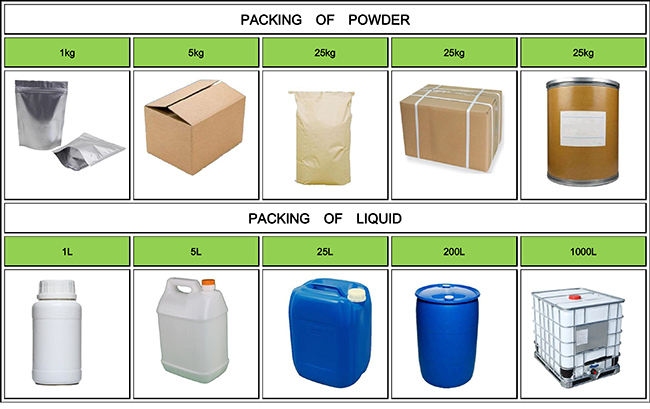
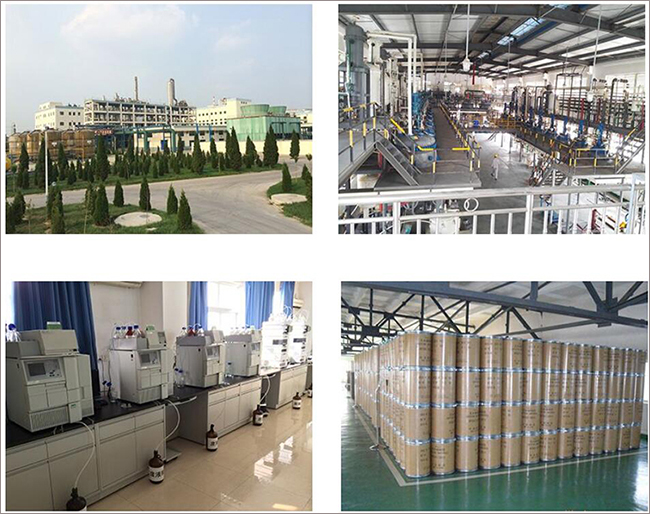

Fortunachem Provides Not Only Professional Chemical Products But Also Professional Help
Keeping you up-to-date with all the latest information, news, and events about Fortunachem!

Quick Links
Add:
E-mail:
 English
English  Español
Español  français
français  العربية
العربية 